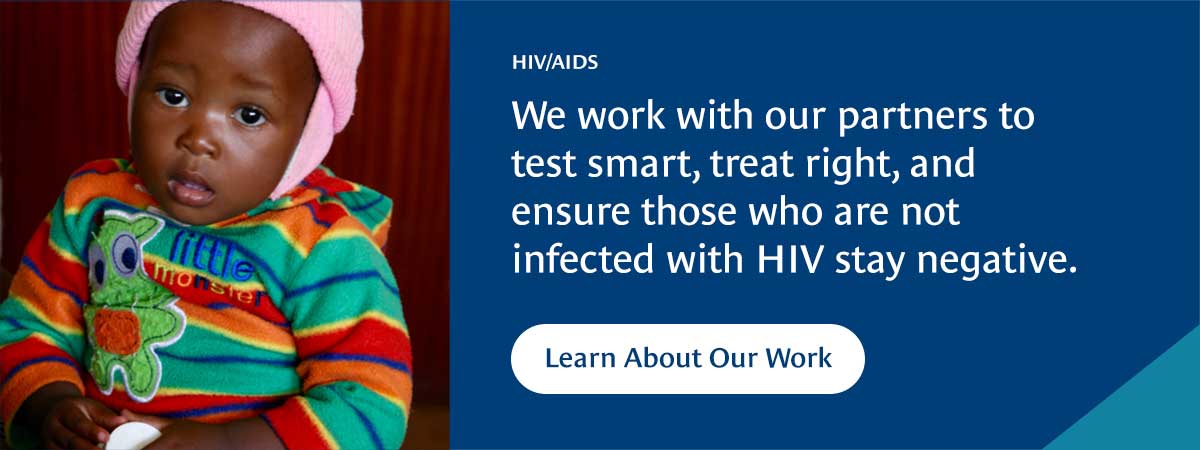South Africa is committed to achieving an AIDS free generation by 2030 – when no child will be born with the virus and the number of new infections no longer outpace the rate of advanced HIV deaths – just nine years away.
According to the Thembisa 4.3 model (Johnson and Dorrington, 2020), which is a mathematical model used to estimate various HIV parameters in South Africa, some progress has been made:
- New HIV infections at birth have declined by 80 percent – from 18,300 in 2010 to 3,600 in 2019.
- Infections during the breastfeeding period have declined by 63 percent from 22,000 to 8,000 between 2010 and 2019.
- Total infections in children under 15 have declined by 23.6 percent from 409,585 in 2010 to 313,109 in 2019.
- New infections in children under 15 have declined from 33,811 in 2010 to 12,260 in 2019 – a 63.7 percent decline.
- Incidence in 15–24-year-old adolescent girls and young women has declined from 2.98 percent in 2008 to 1.3 percent in 2018 and from 1.03 percent to 0.33 percent in adolescent boys and young men in the same period.
While the country has made some strides towards reducing the number of new HIV infections among children and adolescents, the challenge has not gone away. So how do young people, their caregivers, and health workers cope with HIV? CHAI invited an adolescent, a caregiver, and a healthcare provider to share their personal experiences during a webinar so that we could learn about how services can be improved. The resulting case study includes their stories as transcribed and edited from the webinar, as well as global and South African data on new infections, mother-to-child transmission, and total number of children and adolescents living with HIV in the country.






